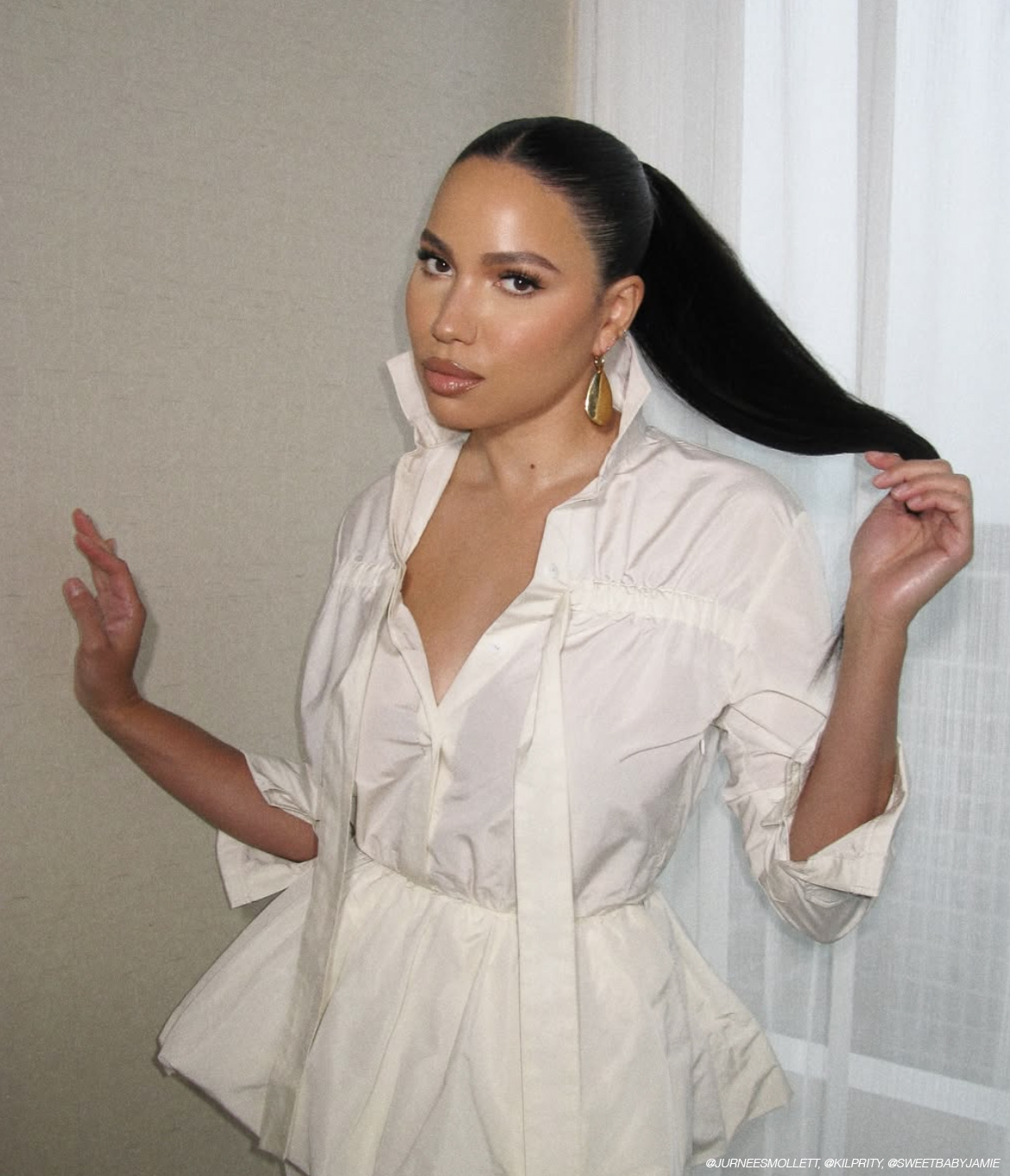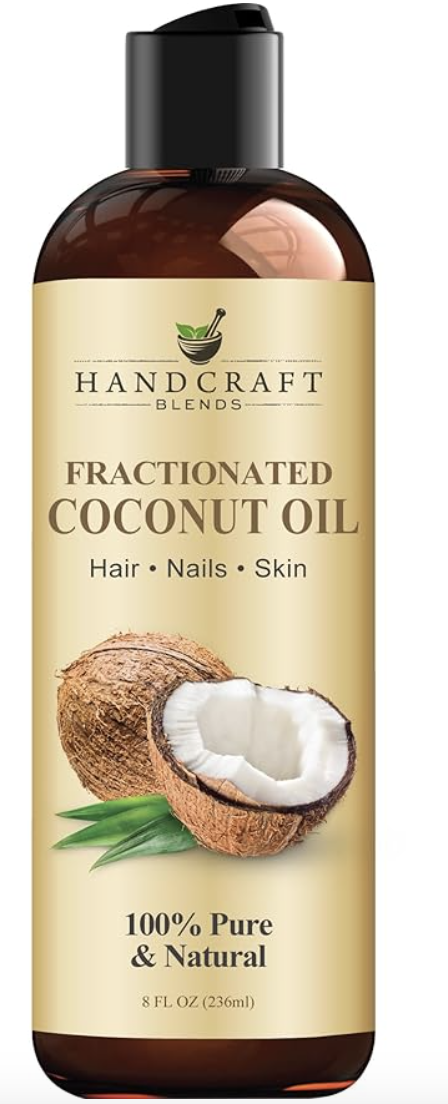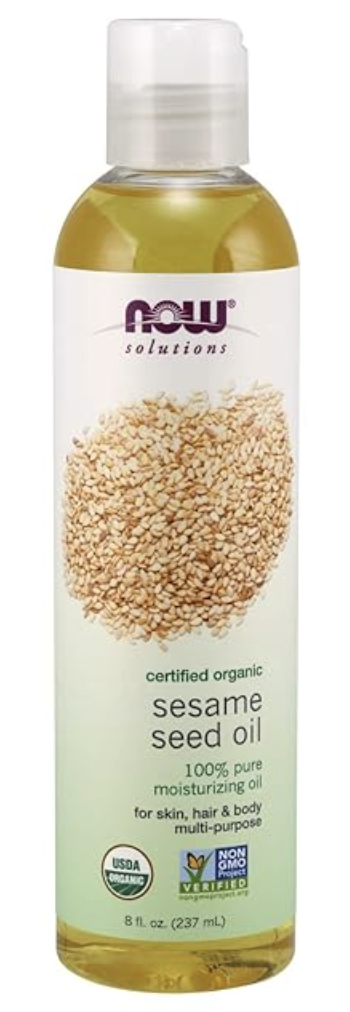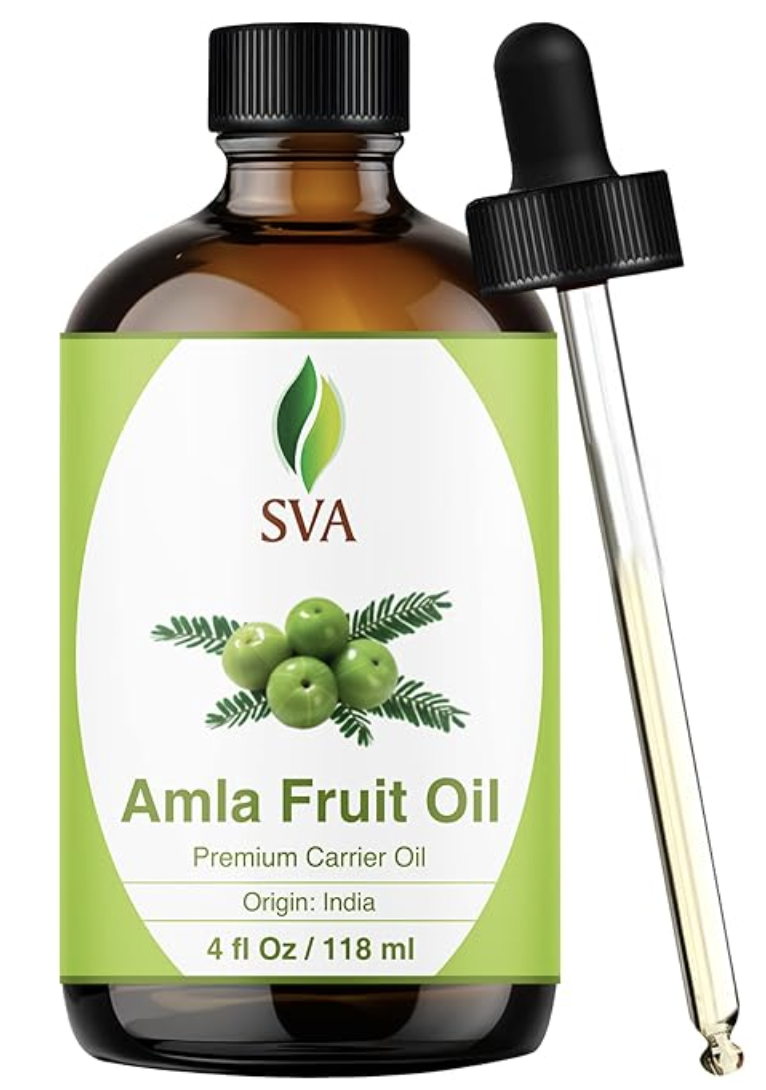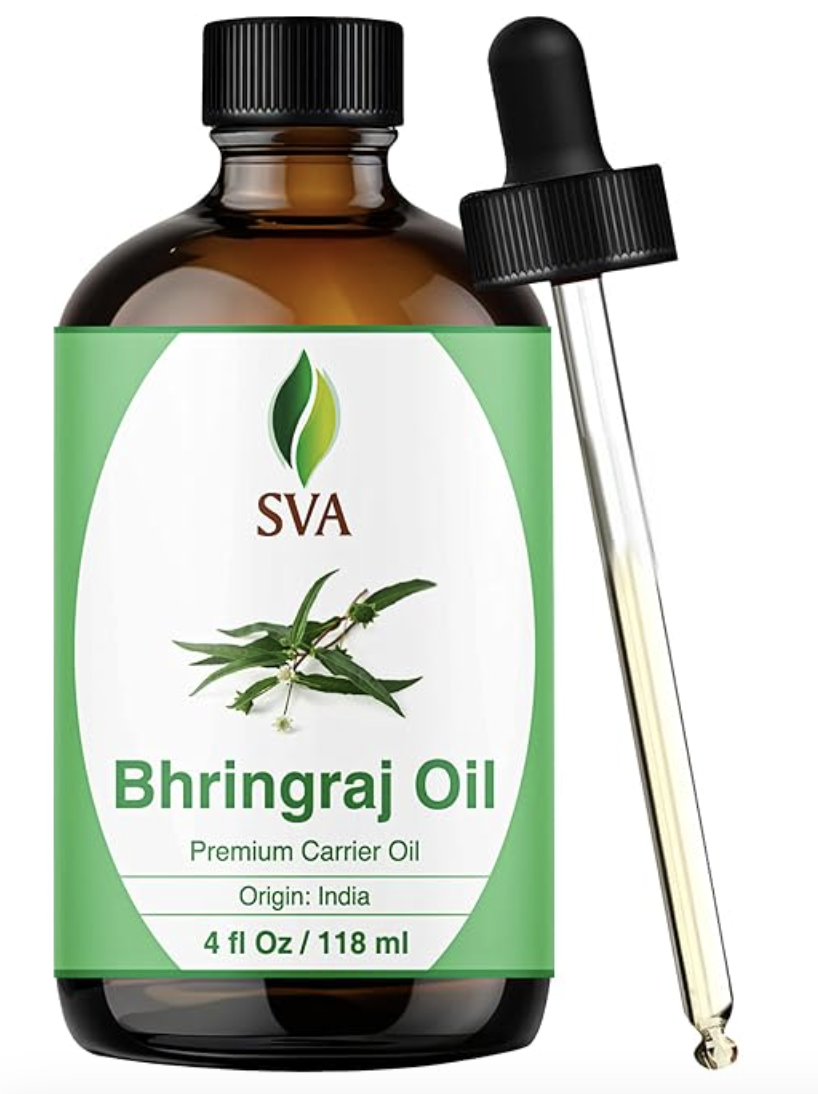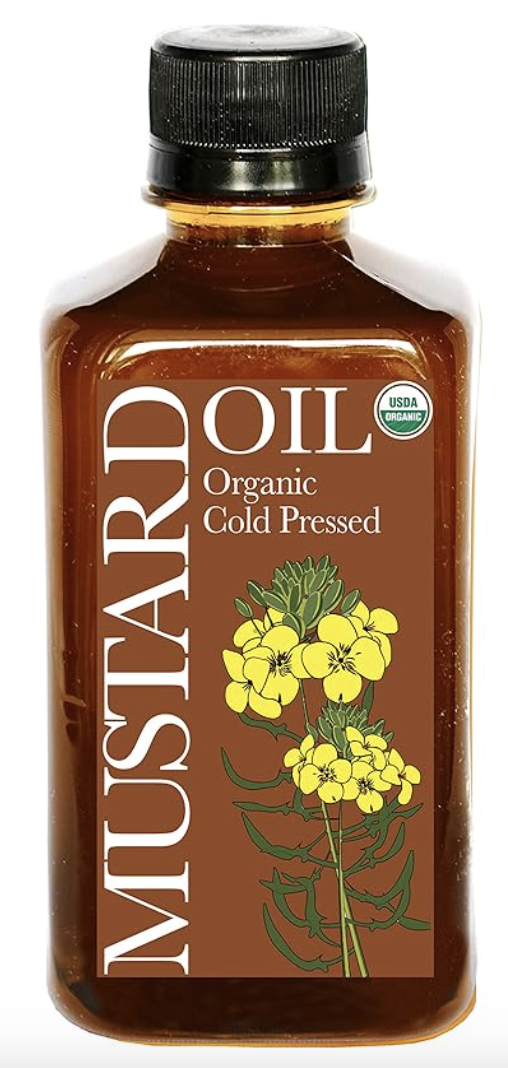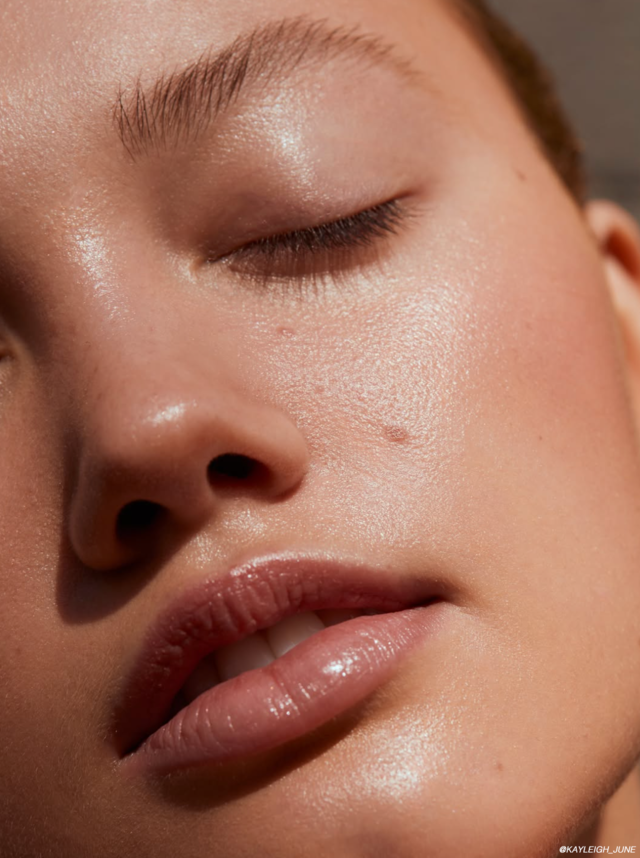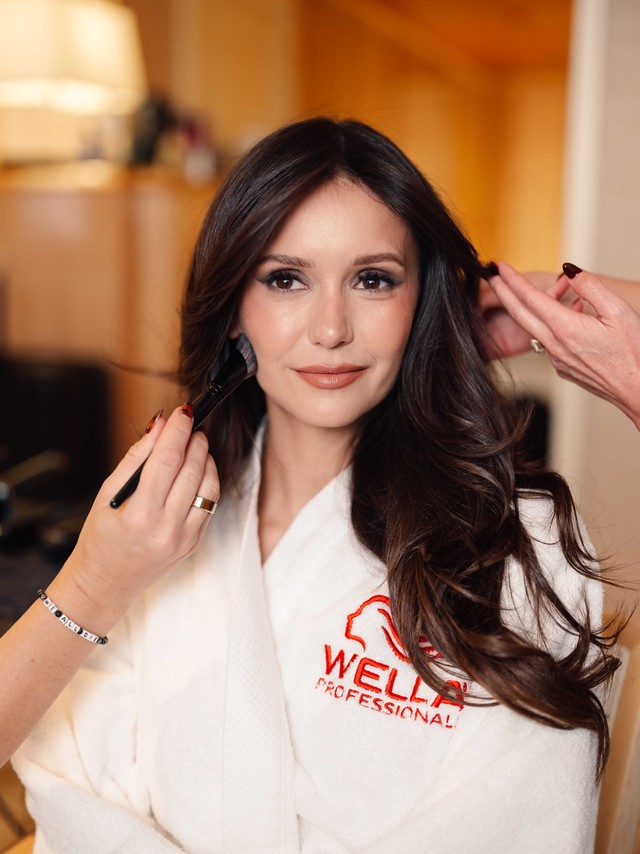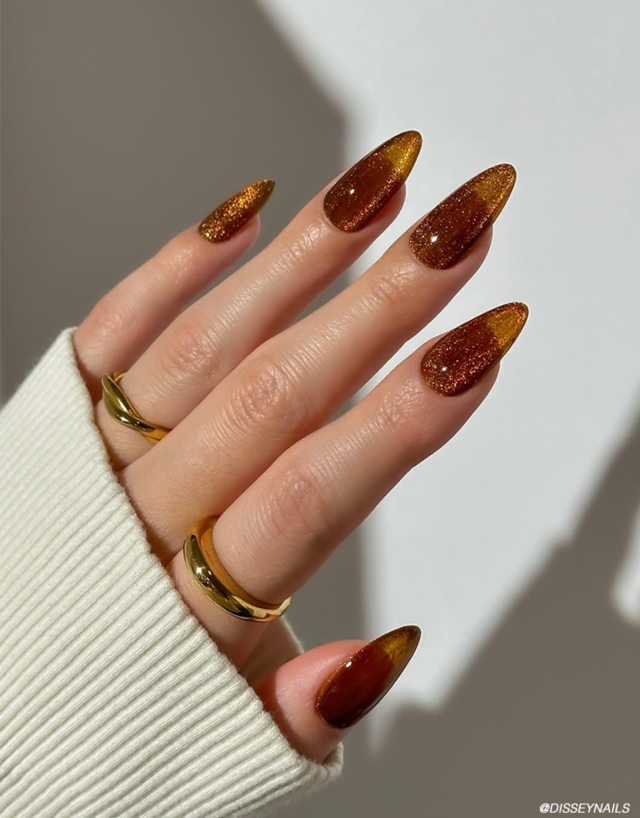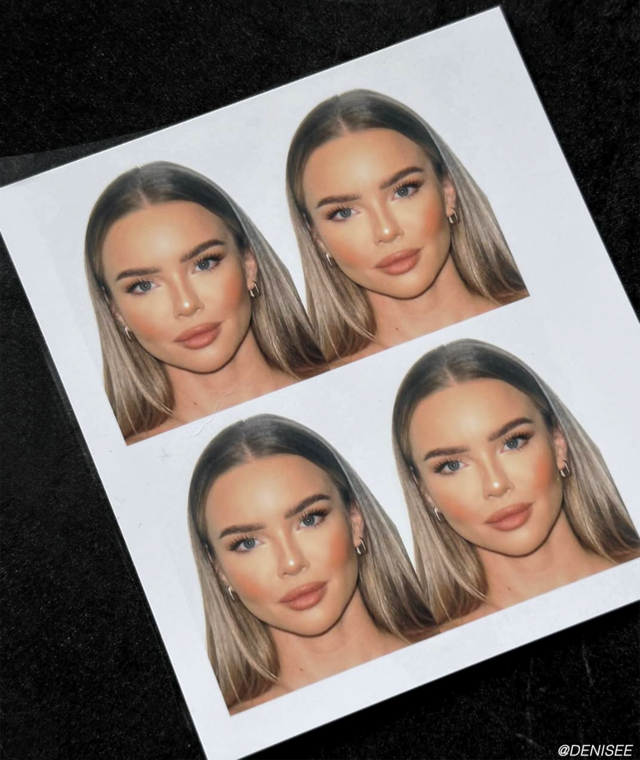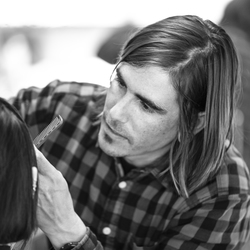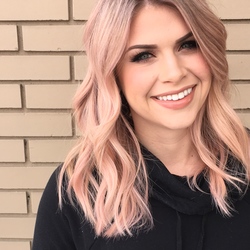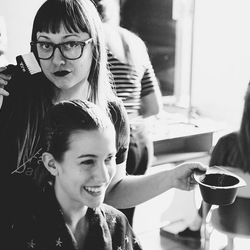As we step into a new year, it’s the perfect time to embrace rituals that nourish us both inside and out. One such ritual is hair oiling, a time-honoured practice that's resurfacing as a modern self-care favourite. More than just grooming, it’s an act of loving attention to your scalp and strands, helping you feel grounded, nurtured, and ready to shine.
The Roots: Where Hair Oiling Comes From
Hair oiling is deeply rooted in Indian culture and Ayurvedic tradition. In fact, texts such as the Charak Samhita reference oiling of the scalp as part of the daily regimen. Over thousands of years it became a family ritual: Sunday champis (head massages), mothers and grandmothers oiling children’s hair, the scent of warm oils in the house.
In Ayurveda, the practice isn’t just about hair—it’s tied to overall wellness. Scalp massage with warmed oil improves circulation, calms the nerves, and supports hair-root health.
So when you oil your hair, you’re tapping into something ancient: nourishment, ritual, self-care, and connection. And as we set intentions for the new year—more mindful habits, more slowing down—this is a perfect habit to adopt.
Why It’s Done & What the Benefits Are
What happens when you oil your hair regularly? Here are the big benefits:
- Nourishes the scalp and hair: Oils provide essential fatty acids, vitamins and trace minerals which can penetrate the scalp and hair shaft, offering deep conditioning.
- Reduces protein loss and breakage: Applying oil before shampooing has been shown to reduce hair’s protein loss and protect the shaft from mechanical and chemical stress (e.g., styling, heat).
- Promotes scalp health: Many traditional oils are infused with herbs with antimicrobial or anti-inflammatory properties (like neem, bhringraj, amla) which help support a healthy scalp environment.
- Enhances shine and manageability: Oiling smooths the cuticle, reduces friction, making hair easier to comb through and less prone to split ends.
- Mind-body benefit: Because oiling often involves a scalp massage and time of pause, it doubles as a self-care moment, reducing stress and connecting you to a slower pace.
Given all that, adopting hair oiling at the start of a new year makes for a meaningful ritual. You’re committing not just to better hair, but to better self-care.
Different Types of Oils & When to Use Them
The effectiveness of oiling often depends on selecting the right oil (or blend) for your hair type and need. Here are some go-to oils:
- Coconut oil: A classic, widely used in India (especially the south and coastal regions) for its penetrating fatty acids, ability to reduce protein loss and condition hair.
- Sesame oil (Tila Taila): A warming base oil often used in Ayurveda for dry, brittle (Vata) hair.
- Amla oil (Indian gooseberry): Rich in vitamin C and antioxidants, helps strengthen roots, reduce thinning and greying.
- Bhringraj oil: Known for rejuvenating hair roots, slowing greying and improving texture.
- Mustard oil: Used in certain regions, especially in winter, for its warming and stimulating properties; care needed for sensitive scalps.
Modern blends also incorporate oils like argan, jojoba, almond, and castor for more targeted results (lighter oils, heat-styling defense, etc.).
Choosing what’s right for you:
- Dry, brittle hair → heavier oils like coconut, sesame, amla
- Fine or oily hair → lighter oils (jojoba, almond) or use heavier base oil just on scalp/ends
- Styling/heat damage → oils like argan, castor that support protection and repair
How to Do It: A Simple Step-by-Step
Here’s how to incorporate hair oiling into your routine in a way that’s manageable and aligns with your self-care goals for the year.
- Choose your oil (or blend) and warm it slightly (warming helps with penetration).
- Prep your hair: Detangle gently, starting at the ends and working your way up.
- Section your hair and begin oiling: start at the scalp—part hair and apply oil to each section using your fingertips. Massage for 5-10 minutes: circular motion, focus on temples and crown. This boosts circulation and creates that meditative, calming moment.
- Work oil down the lengths: especially if you have drier ends—apply oil to mid-lengths and ends too.
- Leave it on: you can leave for 30 minutes before shampooing, or overnight if your hair is particularly dry. (Note: if you have fine or oily hair, washing in the morning is recommended to prevent build up.
- Shampoo (and condition): Use a mild cleanser to remove oil.
- Repeat: Once or twice a week is a good start. If you’re adopting it as a self-care ritual, maybe schedule it ‘Sunday evening’ style—time to unwind, slow down, oil your hair, relax.
Oil Recommendations to Get Started
Handcraft Blends Fractionated Coconut Oil
NOW Foods Sesame Seed Oil
SVA Amla Oil
SVA Bhringraj Oil
Daana Mustard Oil
Some of the products featured here may contain affiliate links, meaning we may earn a small commission at no extra cost to you. All recommendations are based on personal use, stylist feedback, or product performance.
